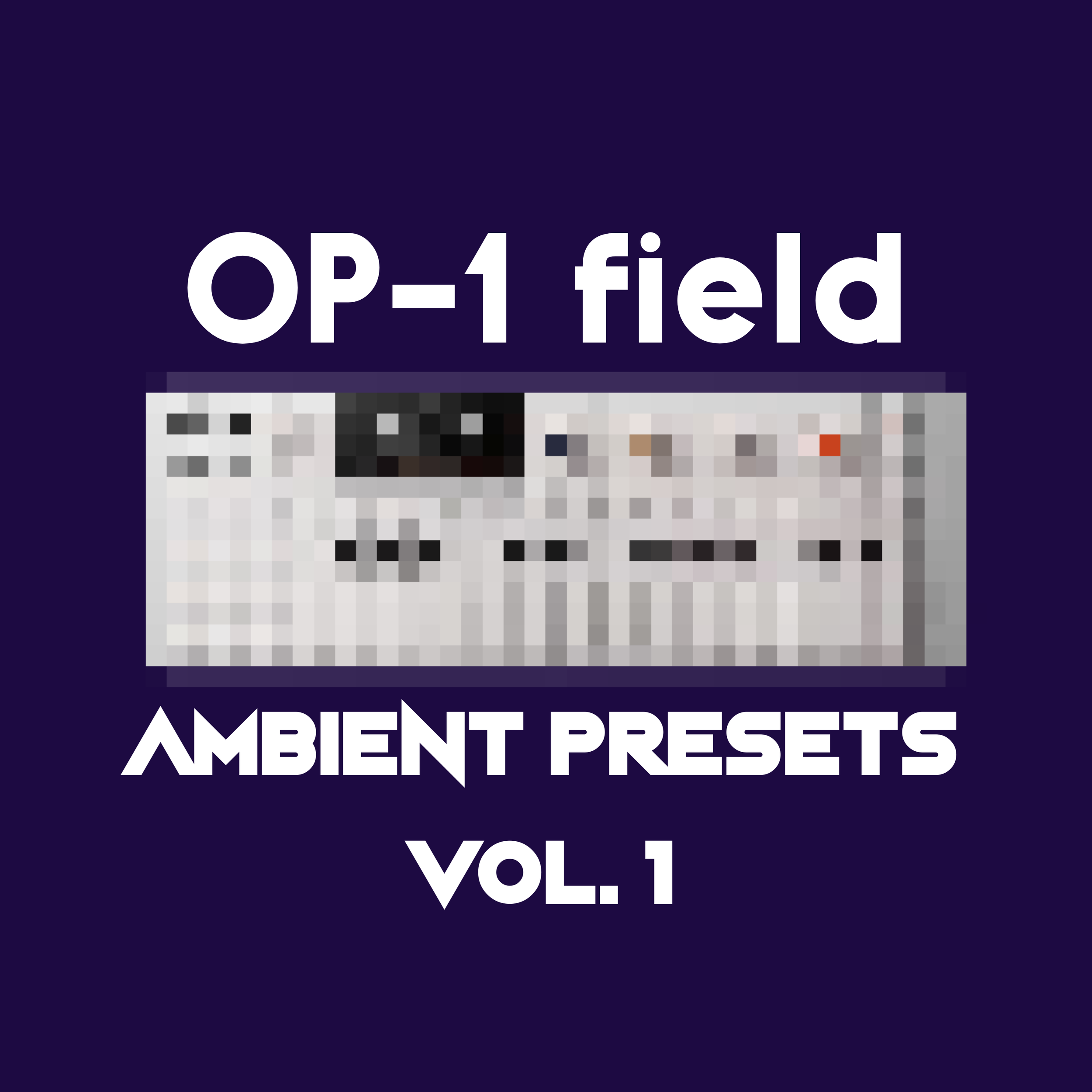Doepfer A-124 Wasp Filter
A must-have filter for your modular synth!
Filters are probably the most important thing when it comes to shaping your sounds in electronic music synthesis right after the oscillator. Their main usage is obviously to remove frequencies and make a sound brighter or darker but there is way more to that. There are many types of filters out there and, especially in Eurorack, you can find all sorts of filter types to choose from.
I was looking for an analog filter for my new modular system and as I was doing some research I kept seeing the A-124 Wasp Filter by Doepfer as one of the most popular filters for modular. My initial thought was that it had to do with its price since it’s a very affordable module that costs less than 100€ so I decided to try it out and I was so surprised and immediately fell in love with it. I’ve played with tons of filters and I can say that the Wasp Filter has become one of my favorites, if not my all-time favorite filter.
So, let’s go through what it can do and why I think it’s such a special filter anyone should at least try for his/her modular synthesizer!
Almost every knob on the Wasp Filter has something extra besides the obvious thing you would suppose it does. You have, from top to bottom, a level control, frequency, CV2, Resonance, and Mix. On the left side, you have your input/ audio in, CV1 & CV2 inputs, a Bandpass Output, and a Lowpass/ Highpass Output. Pretty straightforward, right?
Level
Level controls the input level of the filtered signal. The cool thing about this knob is that, at high rates, it adds a bit of distortion & saturation to the overall sound that’s very mild and usable. Even if you max out the Level, the sound coming out is not completely destroyed so I tend to use it almost maxed out every time and then control the overall volume with a VCA.
Frequency
The most straightforward knob on this module is the frequency which controls the frequency of the filter cutoff.
CV2
The CV2 knob is an attenuator that attenuates the CV that’s coming through the CV2 input. If you use the CV1 input, you won’t have an attenuator so you’ll have to either use the full range of what’s coming in or attenuate it using another module.
Resonance
My second favorite thing about this filter is the resonance. The Wasp Filter does not self-oscillate so you cannot use it with V/Oct and play it like another oscillator. And while that seems like a disadvantage, for me, it’s its biggest strength. You can crank up the resonance to your liking and it won’t start squeaking because of its self-oscillation so you’re able to have higher resonance values than in most filters. Yes, the sound will start to clip from the high resonance but it always stays musical and usable. So, instead of being cautious with the resonance, like we all are with most filters, with the Wasp Filter you can get crazy with it!
Mix
And now to my favorite thing about the Wasp Filter! The Mix knob controls the relative amount of lowpass and highpass signals that are being used simultaneously. I’ve seen a lot of filter designs where you have no filter at noon, lowpass on the left, and highpass on the right but this is completely different. If you have the Mix right at noon, you still have a notch filter that affects the sound just a bit. If you have it all the way to the left you have a lowpass and all the way to the right a highpass. But where this module shines, it’s in all the in-between positions where you both have a lowpass and highpass at the same time. And if you also combine this with the Bandpass output and mix both outputs together you’ll get even better results! The sounds you get this way are very unique and interesting and not a lot of filters have this option. The only thing I wish this module had, would be to be able to modulate the Mix knob. And since it has two CV inputs, I would gladly trade the CV1’s frequency modulation to control the Mix. That would make it the absolute perfect filter module…
Conclusion
The Wasp Filter by Doepfer was such a pleasant surprise! One of the most playable, flexible, and musical filters I’ve ever played and I’m so glad I bought it. All the small details that I mentioned above make it special and different than others in the best way possible. And when you realize that I bought it new for 89€, there is absolutely no reason not to have one in your rig. It’s not your average filter, it does some things differently, and now I totally get why it’s one of the most popular modules ever made.


















